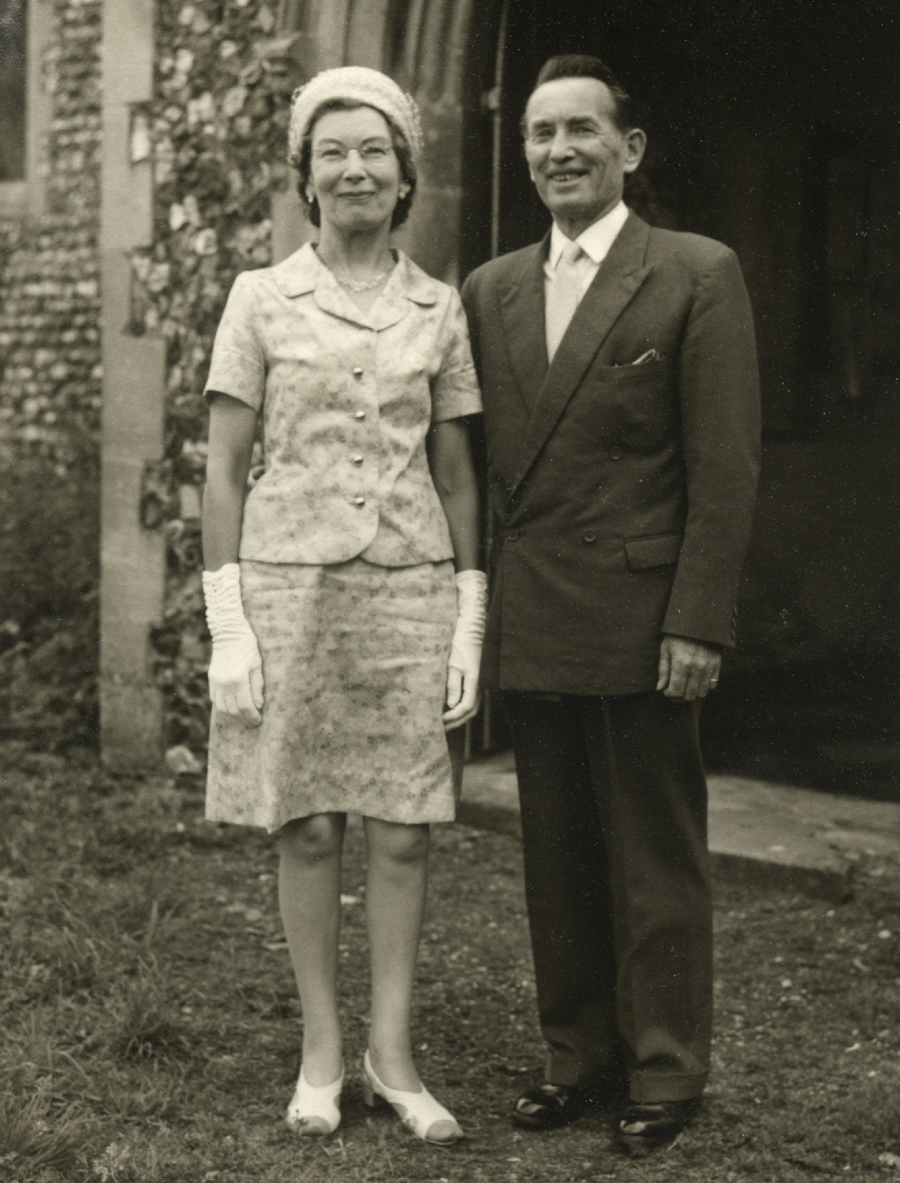
After John Bullimore’s death, Anne Bullimore moved to York House in Wymondham whilst continuing to manage Hill Farm and the other properties she had inherited from her husband.
A number of years later, Anne took responsibility for the young Violet Constance Pizzey – who was born in the West London in 1911 and joined Anne in Norfolk. After moving to Wreningham, Violet always refered to Anne as her “mother” and used Bullimore as her surname.
A researched family tree confirms that Violet was Anne Bullimore’s great niece. The 1946 probate for Anne also reports this relationship.
Anne is believed to have returned to Hill Farm, with Violet, in late 1920; receipts are still in existance for redecoration and repairs to the property during the preceding months. Their arrival was directly after John Rowe retired from the Hill Farm tenacy – which took place just before Michaelmas of that year.
The house at Hill Farm was large enough for occupation by multiple households and also became home to the replacement farm tenant.
James Peel, understood to be a local boy, joined the Royal Navy in his teens.
Violet is believed to have become engaged to James in 1930 with an initial plan for them to be married in May 1931. However, James’ naval career always seemed to get in the way.
Their marriage eventually took place on 22nd December 1950. By this time James had left the Royal Navy and was Estate Manager at Hill Farm.
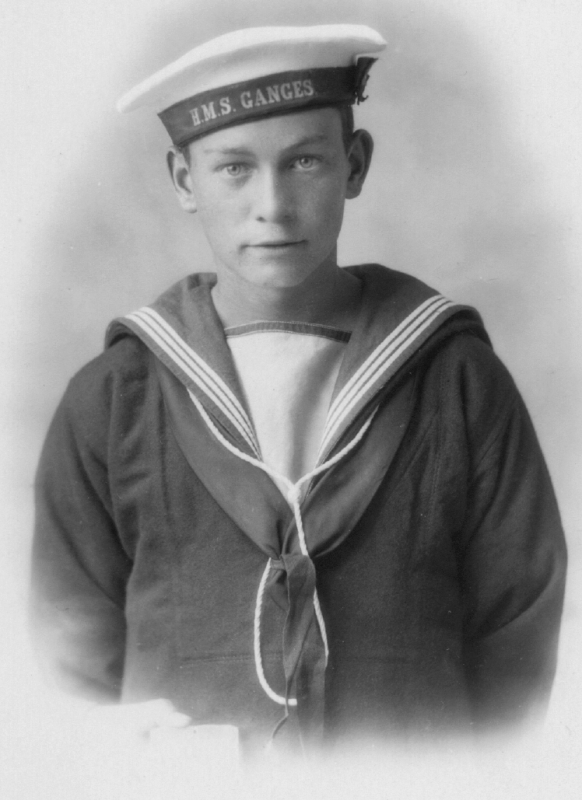
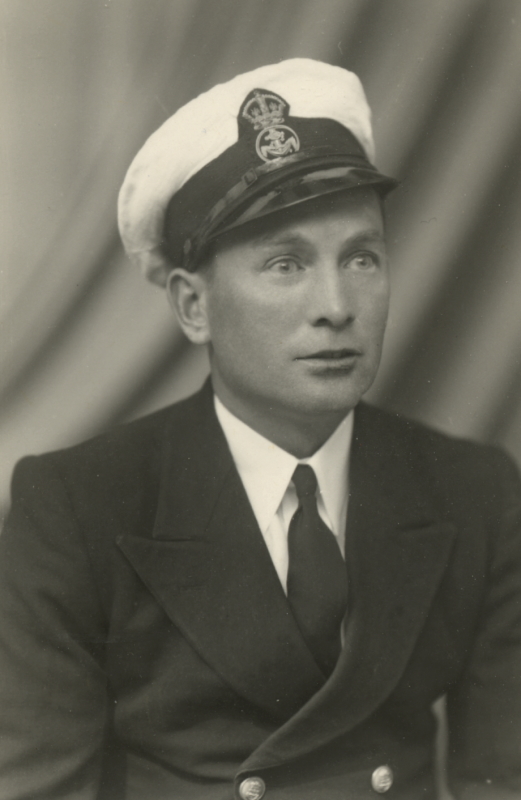
On Anne Bullimore’s death, in 1946, everything was inherited by Violet. A letter dated July 1946 lists her properties as: “the house and land at Hill Farm, George’s Farm [actually: Elm Tree Farm], three and one half acres opposite Hill Farm, the Blacksmiths and cottage on Hethel Road, a pair of cottages at Toprow, a cottage occupied by Miss Bell and three other cottages with orchard and marsh – occupied by Ireland, Wiseman and Howlett”.
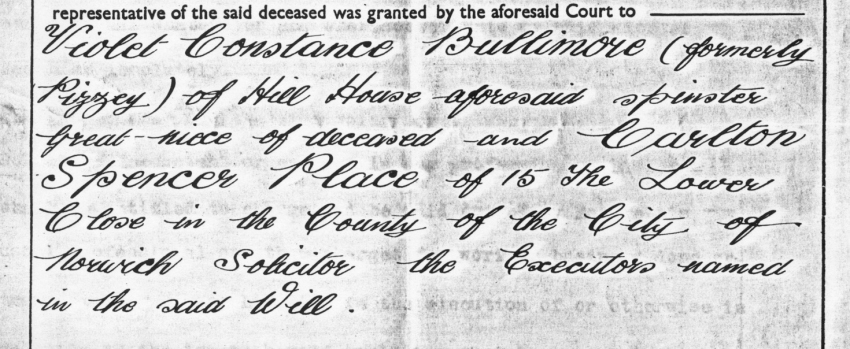
Property Disposals
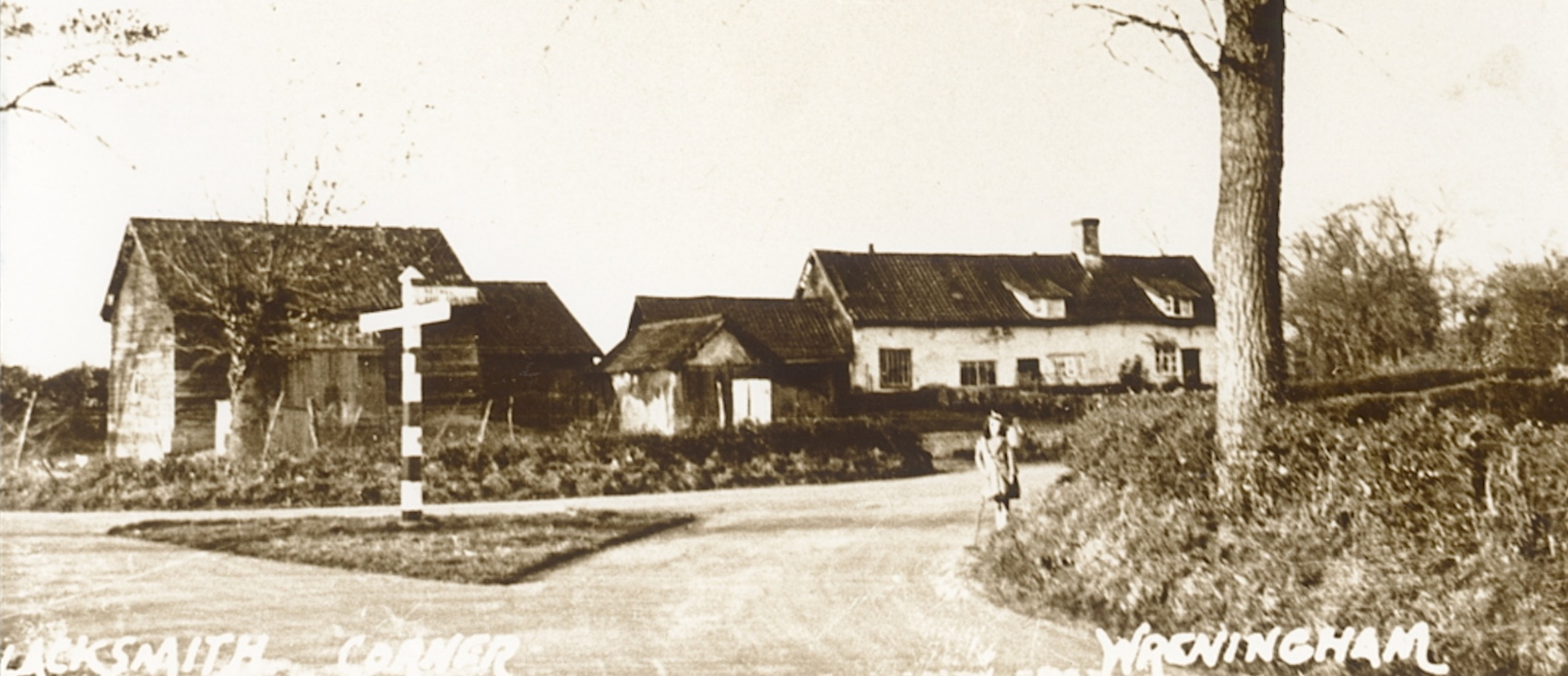
In 1949, Violet sold the old blacksmiths on the southern corner of Hethel Road to Sam Harvey who was already believed to be a tenant. He bought it to be both a home and a base to support his building business.
In March 1950, the council bought an area of Violet’s farmland north of Mill Lane, to the west of the mill, to construct a row of Council Houses. The request for the sale of land had been initiated by Forehoe and Henstead Rural District Council several years before. Violet clearly was not keen. Ultimately, in June 1949, it involved the council presenting a Notice of a Compulsory Purchase Order which arrived by Hill Farm by Registered Mail. A suitable agreement was eventually reached.
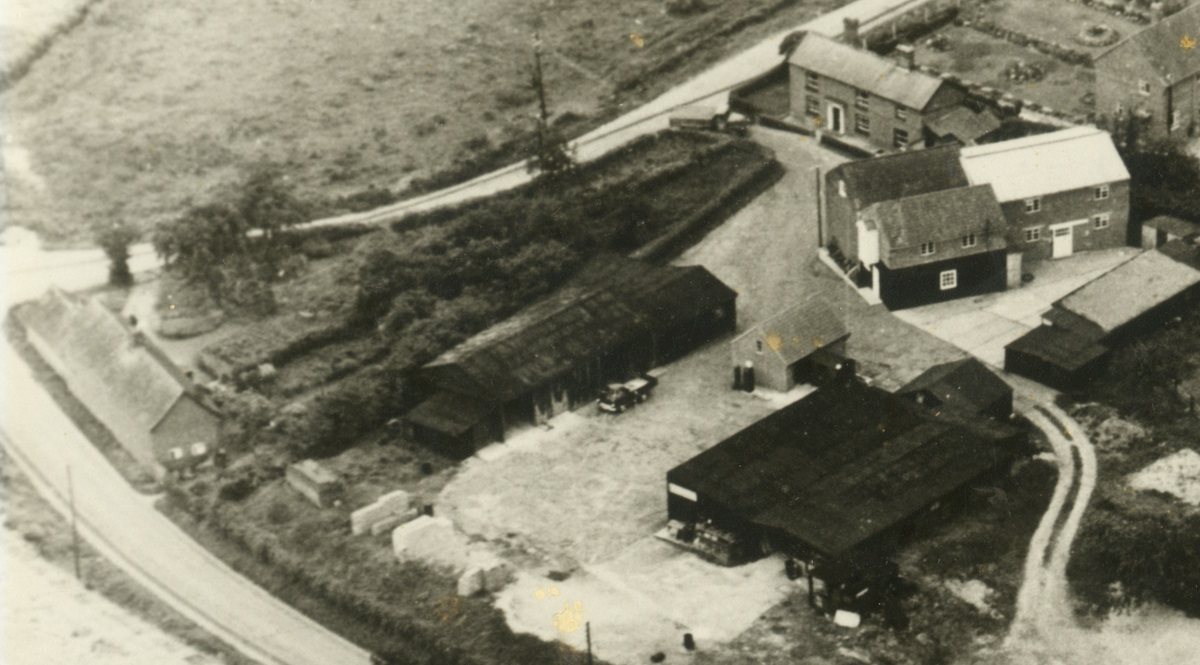
Today, very large vehicles pass through the gates at the Travis Perkins’ builders yard – the site once occupied by the mill. However, the original entrance was very narrow; the land forming this constriction belonged to Violet Peel. In 1971, this small patch of land was bought from her and the problem was solved.
The remainder of this land at the junction of Mill Lane and the main road had contained a pair of semi-detatched cottages – each of which were in touching distance of the highway. The former tentants were believed to be E K Coleman and Mrs F E Twiddy. In 1978, this plot (at “Mill Corner”) was sold by Violet Peel to a Mr Crisp and cottages were demolished. Today, there is a modern single property on the site – which is also very safely set back from both roads!
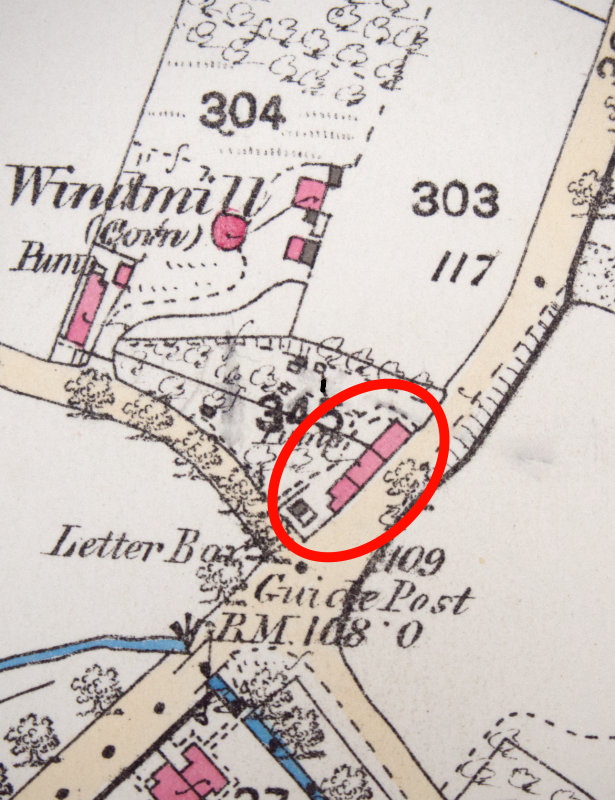
In 1975, 8 acres known as Hapton Field was sold. Several years later, in 1980, one of Violet Peel’s properties in Ashwellthorpe Road was sold. In the subsequent years, her other Ashwellthorpe Road properties found new owners, too.
Flax Growing
Although the property holding was reducing, Violet was still in charge of a working farm.
In a BBC Radio Norfolk broadcast during 2021, Chris Skinner described how, during the 1950s, the tough stems of flax harvested in Bunwell, were transported to Wreningham’s Hill Farm for “retting”. This involved laying the crop in water filled pits until nature rotted the crop’s outer tissues. The location of the retting beds is believed to have been on the eastern side of the Hill Farm estate where a stream runs through the valley. After “retting” was complete, the remaining strong fibres were sent off to specialist mills in Northern Ireland where they were cleaned and woven into Belfast Linen.
A limited amount of information, including a link to an old retting photograph from Ireland, is provided on the Home Page of the Carleton Rode website.
Epilogue
John Bullimore was born in 1827. His second wife “adopted” the very young Violet – but this was a number of years after John Bullimore’s death, at 79; he and the adopted daughter never met. Violet lived into the early years of the 21st Century – she died in 2008, at the age of 97. That’s an amazingly long period for what might otherwise be considered as a couple of generations!
